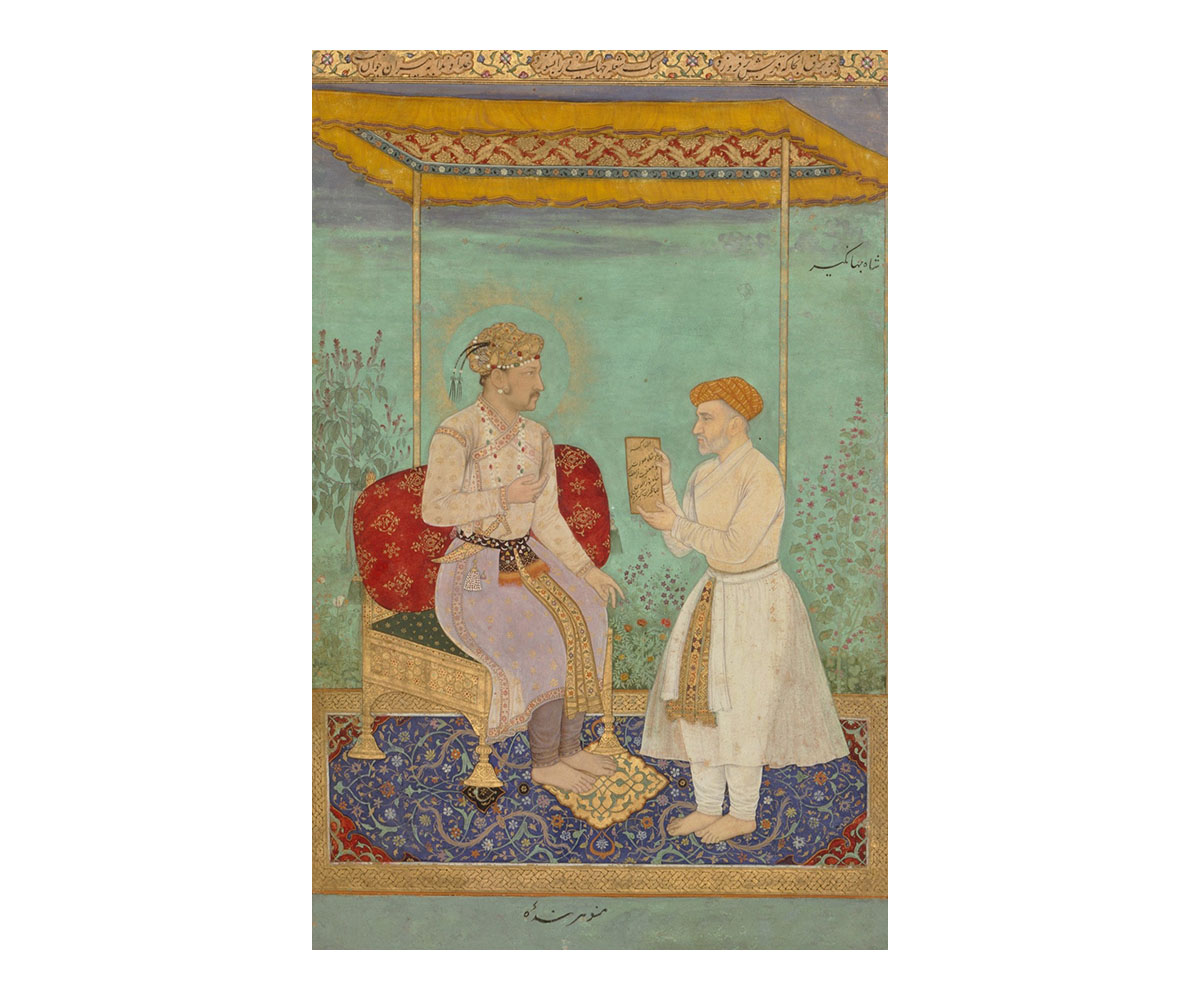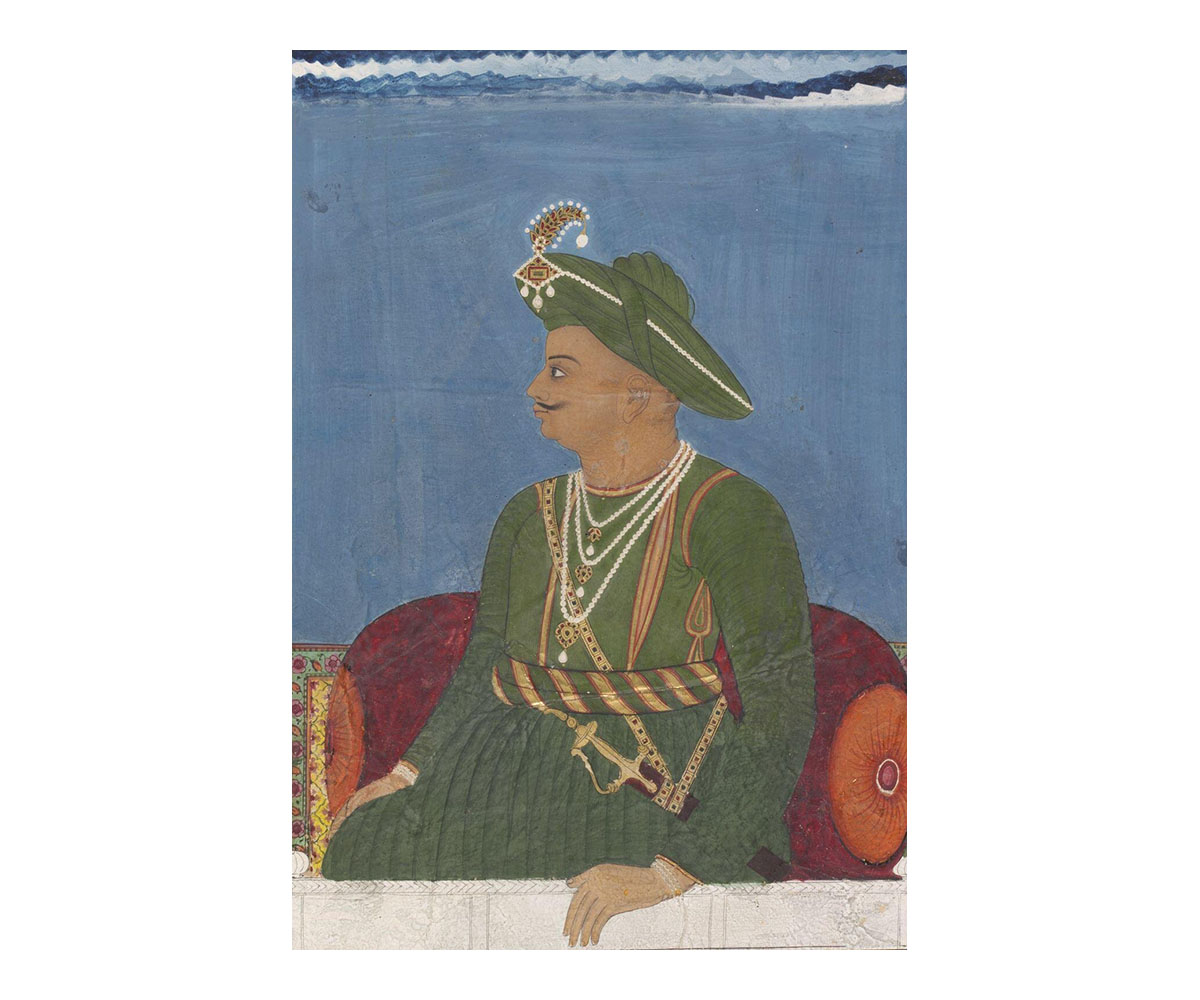ARTICLE
Cummerbund
A broad sash worn around the abdomen, or at the waist, the cummerbund covers the parts of the wearer’s shirt and trousers. Its name comes from the Urdu term kamar band, meaning “waistband,” and it is woven in cotton, wool, silk or synthetic fibres, most commonly in black, red or white. The cloth may also be embroidered with floral and vine motifs or left plain. Traditionally, the cummerbund had several pleats in the cloth, used for storing items including coin and tobacco pouches and ceremonial daggers. It was worn to support the lumbar region of the body, for warmth and to protect the skin against the harsh climate of the tropics.
While it is difficult to ascertain definitive dates for the origin of the cummerbund, it is present in various cultures such as the Ottoman Empire, pre-Modern Albania, Crete, Nepal and Britain as a part of their ceremonial, military and everyday dress. In India, the cummerbund was part of an officer’s uniform in the British army as an alternative to the waistcoat; a trend that was incorporated into the military uniform of the sepoys. By the late eighteenth century, British soldiers serving in India wore a flannel woollen cummerbund, often referred to as a “cholera belt.”
In recent times, the use of cummerbunds has shifted to a decorative piece of garment worn during ceremonies displaying a marked shift from its historical use.
Bibliography
Our website is currently undergoing maintenance and re-design, due to which we have had to take down some of our bibliographies. While these will be re-published shortly, you can request references for specific articles by writing to hellomapacademy@map-india.org.










